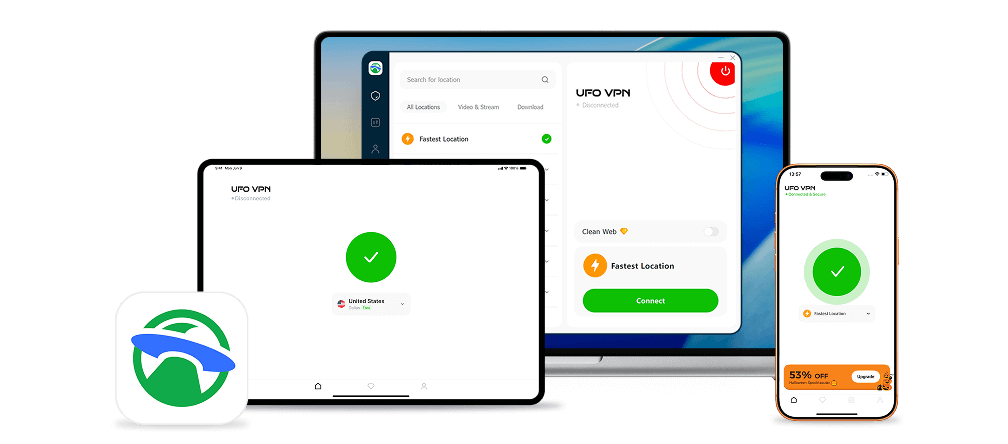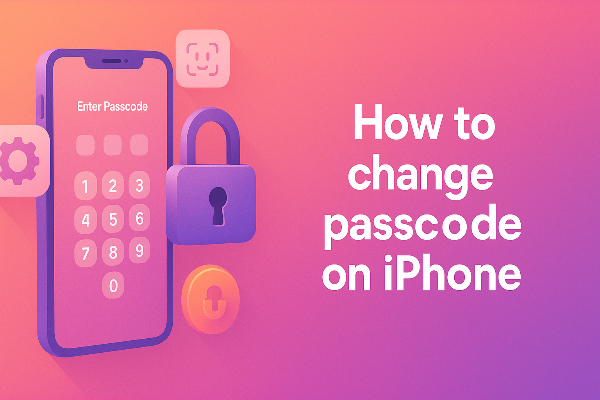What Are Tinder Bots?

Tinder bots are automated accounts programmed to mimic real users on the dating platform. Unlike genuine people who join Tinder to meet new friends or potential partners, bots are designed with specific hidden agendas, usually to promote, scam, or trick unsuspecting users. These bots are powered by scripts or artificial intelligence that allow them to send pre-written messages, respond quickly, and even hold short conversations that feel somewhat human at first.
They often come disguised under profiles that appear too good to be true, model-like photos, short flirty bios, and immediate willingness to match with almost anyone. Some bots are unsophisticated, sending nothing more than a suspicious link after one or two exchanges. Others are far more advanced, capable of mimicking human typing patterns, using emojis, and carrying on longer conversations before eventually revealing their real intention. For users, the biggest challenge is that at first glance, these profiles look just as convincing as legitimate ones, making it easy to mistake them for a genuine match.
Tired of slow connections or fake profiles? The free proxy VPN in UFO VPN not only boosts Tinder speed by bypassing restrictions but also adds an extra security layer against bots and scams.
UFO VPN is trusted by over 20 million users globally. Get this free Windows VPN; free Mac VPN; free iOS VPN; free Android VPN with one click!
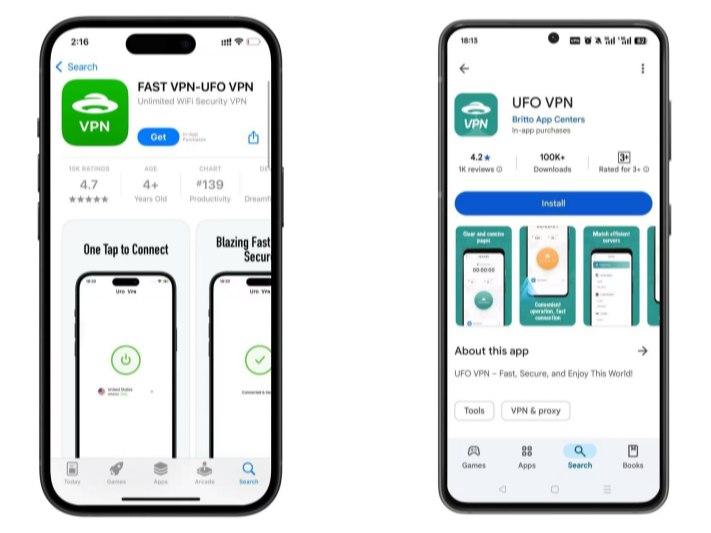
Open the app and choose a streaming-friendly server in the country where your favorite content is available. Tap "Connect" and let the magic happen. UFO VPN has offered 100+ fastest VPN connections to Netlfix VPN server, Disney VPN server, BBC VPN server and more!
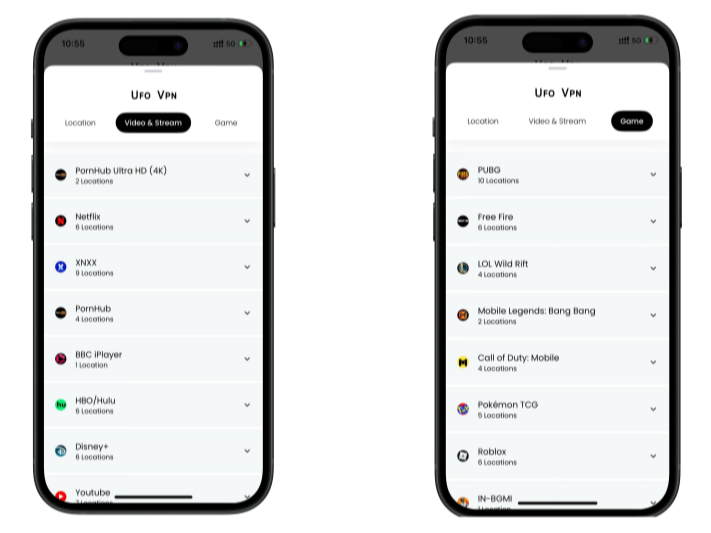
Pro Tip
To ensure you have switched to an encrypted IP address, use What Is My IP tool to double check your real-time IP is hidden successfully.
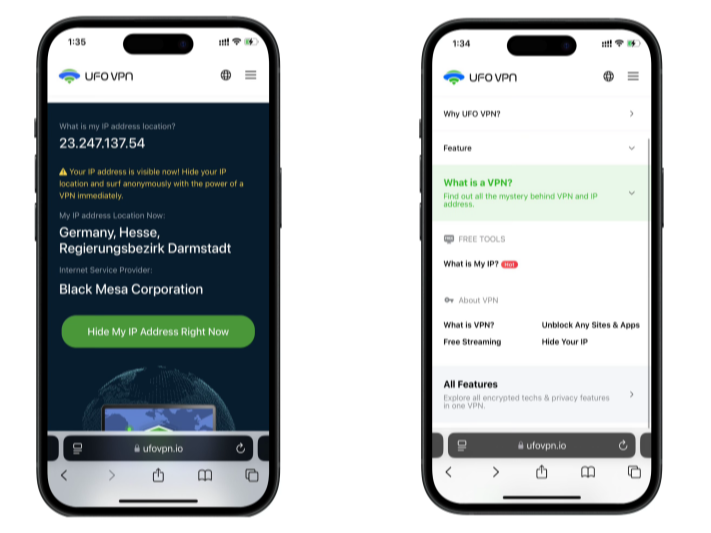
Once connected, refresh your streaming platform and enjoy unrestricted, buffer-free entertainment from anywhere in the world.
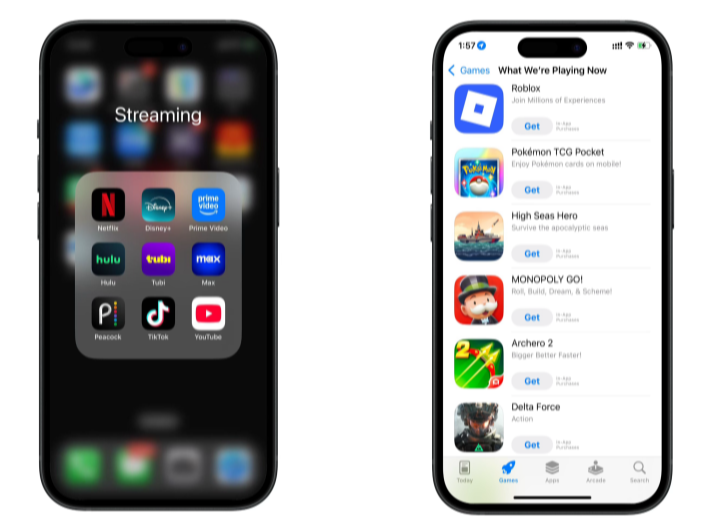
Tinder Bots vs Real Users
The key to protecting yourself is learning how to spot the difference between a real profile and a bot.
| Feature | Tinder Bots 🚨 | Real Users 👤 |
|---|---|---|
| Profile Pictures | Stolen from stock images, celebrities, or random social media accounts | Usually authentic photos with natural imperfections or varied backgrounds. |
| Bio Information |
Filled with links or repetitive phrases, generic and vague. |
Bios with details about hobbies, lifestyle, or personality. |
| Conversation Style |
Instant, scripted, or irrelevant replies. |
More natural, responsive, and conversational. |
| Activity Pattern | Active 24/7, replies instantly, doesn’t show signs of human delay. |
Has normal activity cycles, slower replies. Sometimes disappears due to being busy. |
| Intentions | Designed to scam, promote services, or spread malware. | Genuine interest in dating, friendships, or networking. |
| Red Flags | Asks for personal info quickly, sends suspicious links, or tries to move chats off Tinder too fast. | Builds rapport, respects boundaries, and usually prefers staying in-app initially. |
Why Tinder Bots Are a Problem
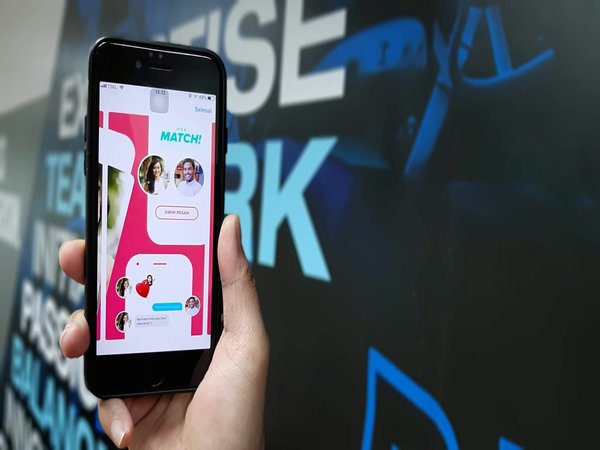
At first glance, Tinder bots may seem like nothing more than a minor annoyance, but the truth is they carry significant risks that go far beyond wasted swipes. Many bots are programmed to push users toward scams, convincing them to sign up for fake services, pay for non-existent subscriptions, or purchase so-called “exclusive” content that leads nowhere.
Others employ more dangerous tactics, such as phishing, where a single click on a suspicious link could expose someone to malware, identity theft, or stolen banking details. Beyond financial harm, bots can drain users emotionally. Instead of matching with genuine people, individuals often find themselves unknowingly caught in simulated conversations that are designed to feel romantic or personal. This manipulation makes victims more likely to hand over sensitive information or follow risky instructions. Even for those who don’t fall for scams, the constant presence of bots leads to wasted time, frustration, and discouragement, undermining the very purpose of online dating. With millions of fake accounts circulating on dating apps worldwide, Tinder users face a challenge that is both widespread and persistent, making the fight against bots more urgent than ever.
What Tinder Is Doing About Bots

Tinder has introduced several security measures to limit bot activity on its platform:
AI-based detection – Tinder uses advanced algorithms to spot unusual behaviors such as bulk messaging, stolen photos, or logins from multiple locations. These patterns help identify bots before they reach too many users.
Photo verification – Users can verify their identity by uploading real-time selfies that match on-screen prompts. Verified profiles get a blue checkmark, making it easier to trust that the person is real.
Two-step authentication – By requiring login confirmation through phone or email, Tinder makes it harder for scammers to mass-create fake accounts.
Reporting and blocking tools – Users can instantly report suspicious profiles and block bots. Reports are reviewed quickly, and repeat offenders are banned permanently.
Cybersecurity partnerships – Tinder works with security experts to detect new bot tactics and update defenses as threats evolve.
How to Spot Tinder Bots Quickly
Profile seems “too perfect” – Bots often use a handful of photos that look overly polished, professional, or even stock-image quality. If the pictures appear like they were taken from a modeling portfolio, or if every photo looks staged without casual shots, it’s a strong red flag.
Generic bio or none at all – Most bots don’t bother with a real introduction. Their bio may be a single vague line like “Looking for fun”, or may contain a suspicious link directing you elsewhere. A missing or shallow bio is often a sign that there’s no real personality behind the profile.
Instant replies – Real people take time to respond, but bots are programmed to send canned responses almost immediately—no matter the time of day or night. If you send a message and get a generic reply within seconds, chances are you’re chatting with automation, not a person.
Pushes for off-platform communication – Bots typically try to move conversations to WhatsApp, Telegram, or random websites. This is because Tinder has safeguards in place, but outside platforms are harder to regulate and easier for scams to occur.
Strange grammar – While not always obvious, many bots generate text that feels slightly off, odd phrasing, repetitive sentences, or grammar that doesn’t match the profile’s claimed background. These subtle mistakes often reveal the lack of a genuine human voice.
Early requests for personal info – If a match quickly asks for your phone number, address, or even payment details, it’s almost always a bot or scam attempt. Real users rarely jump to sharing sensitive information so early in the conversation.
How to Protect Yourself from Tinder Bots
1. Disable Tinder on Sensitive Sites
Avoid logging into Tinder while connected to high-risk or sensitive networks such as workplace Wi-Fi, banking apps, or public hotspots. Mixing personal dating activity with these platforms increases your chances of data leaks and security breaches. Keeping your dating activity separate reduces exposure to phishing attempts and unauthorized tracking.
2. Use the Tinder App Instead of Third-Party Browsers
Stick to the official Tinder app rather than browser extensions or third-party services that claim to “boost matches” or “unlock features.” These external tools often bypass Tinder’s security protocols, leaving your account more vulnerable to hacking or bot-driven scams. The official app has built-in protections that are regularly updated to address new threats.
3. Check Privacy Settings
Take the time to check what information Tinder has access to. Limit unnecessary permissions, such as access to your phone contacts, photo gallery, or third-party apps. This helps ensure that if a bot or scammer does interact with your profile, they have less personal data to exploit.
4. Use Local Editing First
If you’re sharing personal stories or sensitive details, consider writing them in a secure notes app first before pasting them into Tinder. This minimizes the risk of accidental oversharing and reduces exposure in case of an app glitch or bot interaction.
5. Stay Updated
Always install the latest version of Tinder. Each update typically includes security patches that strengthen defenses against bots and other malicious activity. Outdated versions may leave you open to vulnerabilities that scammers exploit.
6. Never Click Suspicious Links
Bots often send links disguised as harmless invitations to “view more photos” or “claim a prize.” No matter how convincing they look, never click a link unless you’re completely sure it’s legitimate. A single careless click can expose you to malware, phishing sites, or identity theft.
7. Report Bots Immediately
If you encounter a profile that feels automated, pushy, or “too good to be true,” use Tinder’s reporting tools right away. Blocking and reporting doesn’t just protect you, it also helps Tinder remove fake accounts faster, improving safety for everyone on the platform.
Conclusion
Tinder bots are a growing issue, but with the right awareness, they don’t have to ruin your dating experience. By learning how to identify fake accounts, staying cautious about suspicious interactions, and making use of Tinder’s built-in security tools, you can enjoy safer, more authentic connections.
FAQs
1. What are Tinder bots trying to achieve?
Most Tinder bots are designed to scam users, promote websites, or steal personal information. Their primary goal is usually financial gain.
2. Are all fake accounts on Tinder bots?
Not always. Some are run by real people with fraudulent intentions, while others are automated scripts pretending to be genuine users.
3. Can Tinder completely eliminate bots?
No platform can fully eliminate bots, but Tinder is continuously improving its detection systems to minimize their presence.
4. How can I avoid getting matched with bots?
Use photo-verified filters, report suspicious profiles, and avoid swiping right on accounts with vague bios or too-perfect photos.
5. Is it safe to share personal info on Tinder?
It’s best to avoid sharing personal information like addresses, financial details, or sensitive documents with anyone on Tinder.
6. What should I do if I clicked a bot link?
Immediately close the link, run a security scan on your device, change your Tinder password, and monitor for unusual account activity.
7. Are bots only on Tinder?
No, bots are common across most dating apps, including Bumble, Hinge, and Plenty of Fish. The safety tips in this article apply broadly across online dating platforms.


